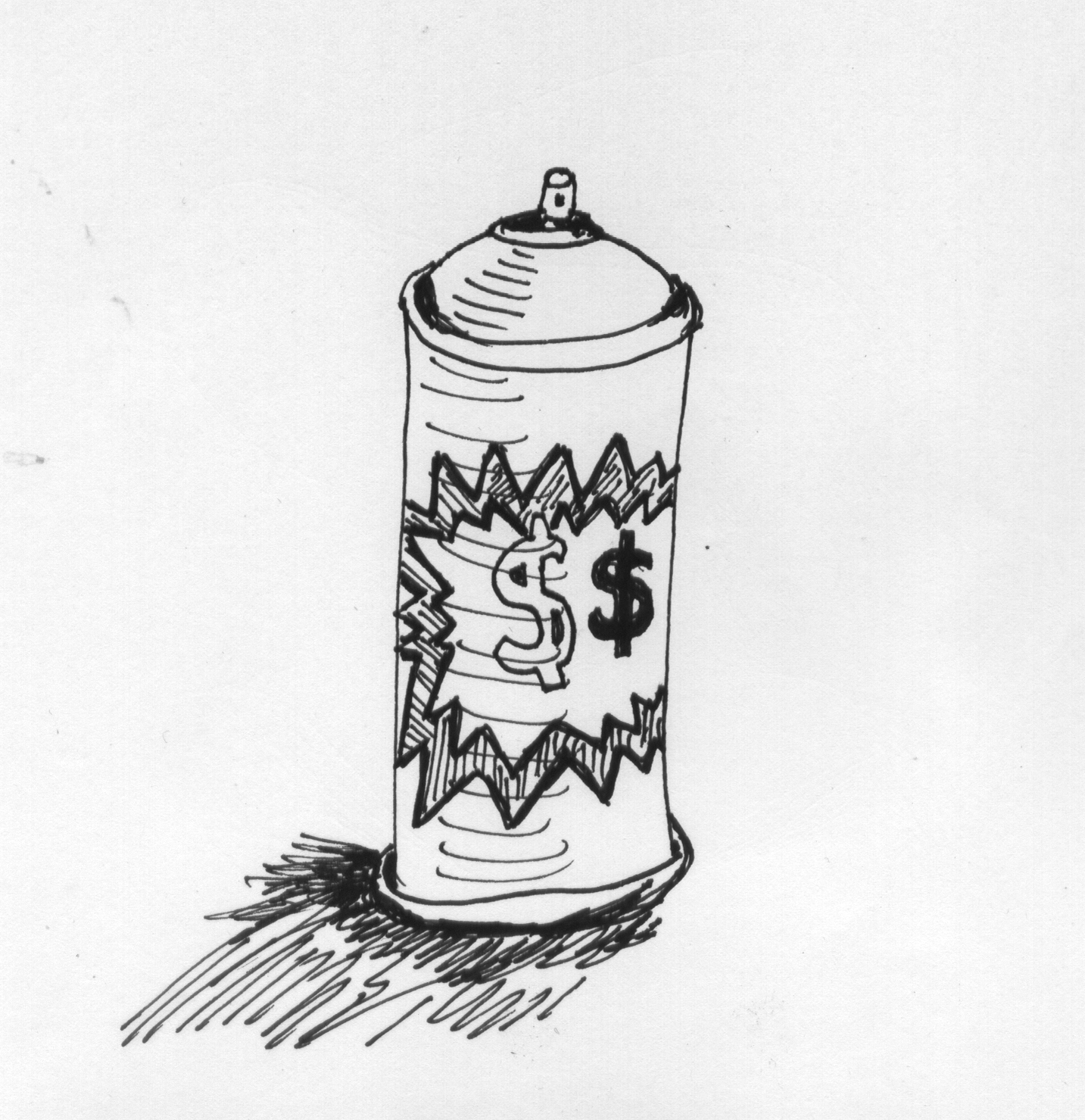A few years ago, A Perth graffiti artist was aggrieved that one of his pieces, at an estimated value of $20 000, was unwittingly erased from a Perth wall by the local council. He was so upset that he contacted the local media to express his indignation publicly. I can remember scrolling through Facebook, and this hot news story showing up on my feed. I read along the article to the comments below, where impervious fuccbois were comparing the injustice to the defacement of Banksy’s own work over the past two decades. They attributed the action to a lack of respect for a now widely recognised cultural art-form, and drew on hypothetical scenarios of someone erasing the Mona Lisa, or some such thing. These comparisons were asinine at best.
Graffiti art is characterised by and associated with an ephemerality that comes from illegally ‘defacing’ public property. It is public, it is (usually) political or protesting something and it is egalitarian in its conception. Anyone, anywhere, can say anything and a huge number of people will engage with it. That is the beauty of graffiti. Whilst not a new media, graffiti art or, more specifically, graffiti artists, have gained popularity in the last couple of decades, not as a platform for protest, but as a product in an ever-growing marketplace for consumption.
In the mid to late 2000s, an English graffiti artist rose to prominence on the international circuit. Their work, predominantly political in nature and decidedly class-based has sold in private art spheres for upwards of $500 000 USD. The irony is obvious, and has been responded to by the artist ‘himself’ (yep – Banksy) in 2004 by the declaration via his website that “I can’t believe you morons actually buy this shit”. During this period and in the time since, graffiti has gained ‘legitimacy’ in the art-world. Auctioneers sell off work from prominent artists, often in the form of dubious transactions, leaving the work itself in the public space it was created in for the buyer to remove. Commissioned work (‘street art’ instead of ‘graffiti’) has sometimes been seen to side-step the legality issues that graffiti art has previously been challenged by. The works have therefore, in some cases, transformed from vandalism to commission. Or as a result of the purchasing of the art itself, the platform is (paradoxically) subject to increased vandalism in the arts removal. This changes the political nature of graffiti itself. And what about the artists who don’t participate in this global community of consumption? They become less able to respond directly to the work created for a protected public commission, or a concrete mural cut-out for a gallery. Public conversation between artists and issues is no longer possible. What was once by its very nature ephemeral becomes immortalised.
Once you apply elitism to counter-culture, it simply becomes culture. There’s nothing technically wrong with that, but once society ranks graffiti artists in a hierarchy, once their work is valorised and bought to display in a private collection or gallery, taken out of their context and public platform, it negates the concept of the art itself. Instead of being innately political, the work is commercialised. Instead of being in a public forum, the work is privatised. Instead of feeding the masses, the work itself becomes a facilitator for consumption.
These public platforms are an open space for dialogue between people and artists who would normally not have any other public medium of expression. Opinion and protest, whether it be for the art itself or the thing it represents is strengthened by these interactions. They’re fortified within their own oscillating context, and they remain relevant to changing socio-political atmospheres through this ongoing visual discourse.
For a local Perth council to accidentally erase a mural worth (at the artist’s estimate) upwards of $20 000, that artist becomes a part of this discourse in a different way. Perhaps instead of contacting the news, a more effective stage for his protest would have been to graff the local council building.
Words by Emily Purvis

